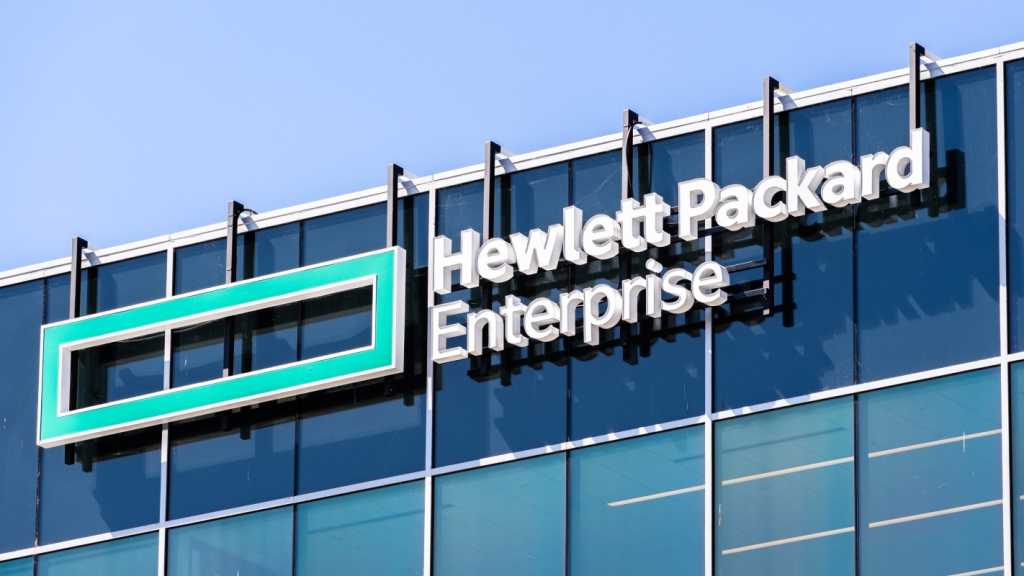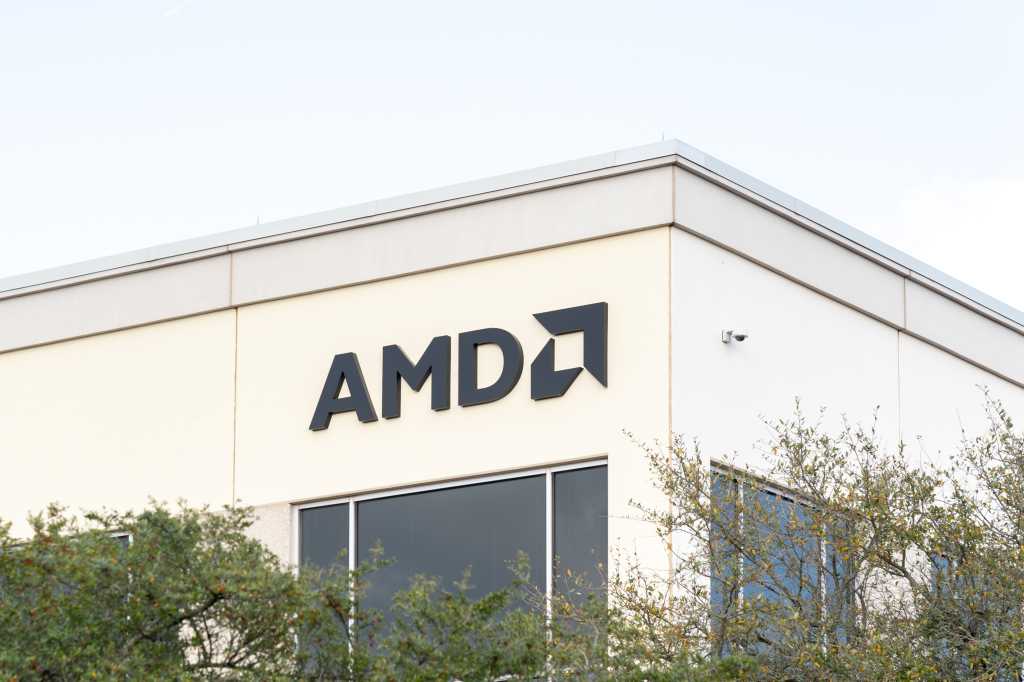Join the event trusted by enterprise leaders for nearly two decades. VB Transform brings together the people building real enterprise AI strategy. Learn more
Walmart continues to make strides in cracking the code on deploying agentic AI at enterprise scale. Their secret? Treating trust as an engineering requirement, not some compliance checkbox you tick at the end.
During the “Trust in the Algorithm: How Walmart’s Agentic AI Is Redefining Consumer Confidence and Retail Leadership” session at VB Transform 2025, Walmart’s VP of Emerging Technology Desirée Gosby, explained how the retail giant operationalizes thousands of AI use cases. One of the retailer’s primary objectives is to consistently maintain and strengthen customer confidence among its 255 million weekly shoppers.
“We see this as a pretty big inflection point, very similar to the internet,” Gosby told industry analyst Susan Etlinger during Tuesday’s morning session. “It’s as profound in terms of how we’re actually going to operate, how we actually do work.”
The session delivered valuable lessons learned from Walmart’s AI deployment experiences. Implicit throughout the discussion is the retail giant’s continual search for new ways to apply distributed systems architecture principles, thereby avoiding the creation of technical debt.
>>See all our Transform 2025 coverage here<<Four-stakeholder framework structures AI deployment
Walmart’s AI architecture rejects horizontal platforms for targeted stakeholder solutions. Each group receives purpose-built tools that address specific operational frictions.
Customers engage Sparky for natural language shopping. Field associates get inventory and workflow optimization tools. Merchants access decision-support systems for category management. Sellers receive business integration capabilities. “And then, of course, we’ve got developers, and really, you know, giving them the superpowers and charging them up with, you know, the new agent of tools,” Gosby explained.
“We have hundreds, if not thousands, of different use cases across the company that we’re bringing to life,” Gosby revealed. The scale demands architectural discipline that most enterprises lack.
The segmentation acknowledges the fundamental need of each team in Walmart to have purpose-built tools for their specific jobs. Store associates managing inventory need different tools from merchants analyzing regional trends. Generic platforms fail because they ignore operational reality. Walmart’s specificity drives adoption through relevance, not mandate.
Trust economics are driving AI adoption at Walmart
Walmart discovered that trust is built through value delivery, not just mandatory training programs that associates, at times, question the value of.
Gosby’s example resonated as she explained her mother’s shopping evolution from weekly store visits to COVID-era deliveries, illustrating exactly how natural adoption works. Each step provided an immediate, tangible benefit. No friction, no forced change management, yet the progression happened faster than anyone could have predicted.
“She’s been interacting with AI through that whole time,” Gosby explained. “The fact that she was able to go to the store and get what she wanted, it was on the shelf. AI was used to do that.”
The benefits customers are getting from Walmart’s predictive commerce vision are further reflected in Gosby’s mother’s experiences. “Instead of having to go weekly, figure out what groceries you need to have delivered, what if it just showed up for you automatically?” That’s the essence of predictive commerce and how it delivers value at scale to every Walmart customer.
“If you’re adding value to their lives, helping them remove friction, helping them save money and live better, which is part of our mission, then the trust comes,” Gosby stated. Associates follow the same pattern. When AI actually improves their work, saves them time and helps them excel, adoption happens naturally and trust is earned.
Fashion cycles compress from months to weeks
Walmart’s Trend to Product system quantifies the operational value of AI. The platform synthesizes social media signals, customer behavior and regional patterns to slash product development from months to weeks.
“Trend to Product has gotten us down from months to weeks to getting the right products to our customers,” Gosby revealed. The system creates products in response to real-time demand rather than historical data.
The months-to-weeks compression transforms Walmart’s retail economics. Inventory turns accelerate. Markdown exposure shrinks. Capital efficiency multiplies. The company maintains price leadership while matching any competitor’s speed-to-market capabilities. Every high-velocity category can benefit from using AI to shrink time-to-market and deliver quantifiable gains.
How Walmart uses MCP Protocol to create a scalable agent architecture
Walmart’s approach to agent orchestration draws directly from its hard-won experience with distributed systems. The company uses Model Context Protocol (MCP) to standardize how agents interact with existing services.
“We break down our domains and really looking at how do we wrap those things as MCP protocol, and then exposing those things that we can then start to orchestrate different agents,” Gosby explained. The strategy transforms existing infrastructure rather than replacing it.
The architectural philosophy runs deeper than protocols. “The change that we’re seeing today is very similar to what we’ve seen when we went from monoliths to distributed systems. We don’t want to repeat those mistakes,” Gosby stated.
Gosby outlined the execution requirements: “How do you decompose your domains? What MCP servers should you have? What sort of agent orchestration should you have?” At Walmart, these represent daily operational decisions, not theoretical exercises.
“We’re looking to take our existing infrastructure, break it down, and then recompose it into the agents that we want to be able to build,” Gosby explained. This standardization-first approach enables flexibility. Services built years ago now power agentic experiences through proper abstraction layers.
Merchant expertise becomes enterprise intelligence
Walmart leverages decades of employee knowledge, making it a core component of its growing AI capabilities. The company systematically captures category expertise from thousands of merchants, creating a competitive advantage no digital-first retailer can match.
“We have thousands of merchants who are excellent at what they do. They are experts in the categories that they support,” Gosby explained. “We have a cheese merchant who knows exactly what wine goes or what cheese pairing, but that data isn’t necessarily captured in a structured way.”
AI operationalizes this knowledge. “With the tools that we have, we can capture that expertise that they have and really bring that to bear for our customers,” Gosby said. The application is specific: “When they’re trying to figure out, hey, I need to throw the party, what kind of appetizers should I have?”
The strategic advantage compounds. Decades of merchant expertise become accessible through natural language queries. Digital-first retailers lack this human knowledge foundation. Walmart’s 2.2 million associates represent proprietary intelligence that algorithms cannot synthesize independently.
New metrics measure autonomous success
Walmart pioneers measurement systems designed for autonomous AI rather than human-driven processes. Traditional funnel metrics fail when agents handle end-to-end workflows.
“In an agentic world, we’re starting to work through this, and it’s going to change,” Gosby said. “The metrics around conversion and things like that, those are not going to change, but we’re going to be looking at goal completion.”
The shift reflects operational reality. “Did we actually achieve what is the ultimate goal that our associate, that our customers, are actually solving?” Gosby asked. The question reframes success measurement.
“At the end of the day, it’s a measure of, are we delivering the benefit? Are we delivering the value that we expect, and then working back from there to basically figure out the right metrics?” Gosby explained. Problem resolution matters more than process compliance. How AI is helping customers achieve their goals is prioritized over conversion funnels.
Enterprise lessons from Walmart’s AI transformation
Walmart’s Transform 2025 session delivers actionable intelligence for enterprise AI deployment. The company’s operational approach provides a framework that has been validated at scale.
- Apply architectural discipline from day one. The shift from monolithic to distributed systems provided Walmart with the lessons it needed to learn to succeed with AI deployments. The key lesson learned is to build proper foundations before scaling and define a systematic approach that prevents expensive rework.
- Match solutions to specific user needs. One-size-fits-all AI fails every time. Store associates need different tools than merchants. Suppliers require different capabilities than developers. Walmart’s targeted approach drives adoption.
- Build trust through proven value. Start with clear wins that deliver measurable results. Walmart moved from basic inventory management to predictive commerce step by step. Each success earns insights and knowledge for the next.
- Turn employee knowledge into enterprise assets. Decades of specialist expertise exists within your organization. Walmart systematically captures merchant intelligence and operationalizes it across 255 million weekly transactions. This institutional knowledge creates competitive advantage no algorithm can replicate from scratch.
- Measure what matters in autonomous systems. Conversion rates miss the point when AI handles entire workflows. Focus on problem resolution and value delivery. Walmart’s metrics evolved to match operational reality.
- Standardize before complexity hits. Integration failures killed more projects than bad code ever did. Walmart’s protocol decisions prevent the chaos that derails most AI initiatives. Structure enables speed.
“It always comes back to basics,” Gosby advised. “Take a step back and first understand what problems do you really need to solve for your customers, for our associates. Where is there friction? Where is there manual work that you can now start to think differently about?”
Walmart’s blueprint scales beyond retail
Walmart demonstrates how enterprise AI succeeds through engineering discipline and systematic deployment. The company processes millions of daily transactions across 4,700 stores by treating each stakeholder group as a distinct challenge requiring tailored, real-time solutions.
“It’s permeating everything it is that we do,” Gosby explained. “But at the end of the day, the way that we look at it is we always start with our customers and our members and really understanding how it’s going to impact them.”
Their framework applies across industries. Financial services organizations balancing customer needs with regulatory requirements, healthcare systems coordinating patient care across providers, manufacturers managing complex supply chains are all facing similar multi-stakeholder challenges. Walmart’s approach provides a tested methodology for addressing this complexity.
“Our customers are trying to solve a problem for themselves. Same thing for our associates,” Gosby stated. “Did we actually solve that problem with these new tools?” This focus on problem resolution rather than technology deployment drives measurable outcomes. Walmart’s scale validates the approach for any enterprise ready to move beyond pilot programs.
Daily insights on business use cases with VB Daily
If you want to impress your boss, VB Daily has you covered. We give you the inside scoop on what companies are doing with generative AI, from regulatory shifts to practical deployments, so you can share insights for maximum ROI.
Read our Privacy Policy
Thanks for subscribing. Check out more VB newsletters here.
An error occured.




















